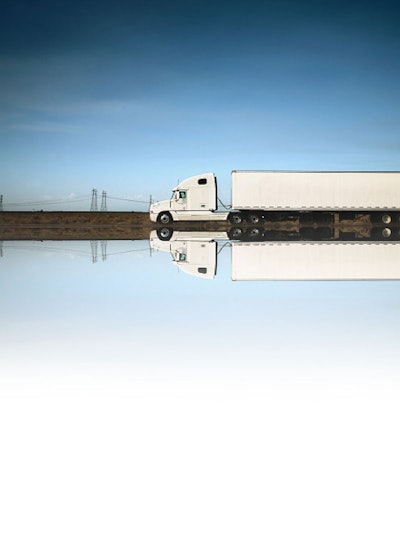How to Manage Cash Flow

Using idle cash better
By now you have improved your cash flow so much that your cash reserves are piling up. Even relatively small cash surpluses can generate still more cash, so you should take steps to increase the return on your idle cash.
The first step in evaluating what to do with idle cash is to know how you got it and how long you will have it. Your investment options depend on whether this cash is available for a few days or a few months.
Short-term cash surpluses can spring from a quick-paying customer, a well-run billing-and-collection cycle or an effective stretching of your accounts payable. These surpluses might last only one to three weeks. Even a company with revenue of $200,000 per month might at any one time have $50,000 to $100,000 cash balances temporarily for a week or two before the bills come due.
A large surplus-cash balance created because you aren’t paying bills isn’t a surplus at all. Make sure you cover all payroll tax deposits, trade payables and other obligations before you consider investment options. Late charges or a damaged reputation will cost you more than you could earn on the funds.
Using bank funds
Many companies use two bank accounts – a money market account for depositing all collections and a checking account for disbursements. By placing all customer payments immediately into a money market account and transferring enough each week to cover checks written in the checking account, your cash balances earn interest almost from the date of deposit.
Even at today’s low interest rates, you might be permanently investing $50,000 to $100,000 in funds. If the return is 3 percent, that could be $1,500 to $3,000 per year in extra earnings for your company.
Even relatively small cash surpluses can be used to generate still more cash, so you should take steps to increase the return on your idle cash.
A better investment might be to pay down your debt – even if only temporarily. If you have a line of credit at 10 percent and you can spare your extra $50,000 to reduce that debt, you would save more than $400 per month in interest – almost $5,000 per year.
Sweep arrangements can make this process automatic. Your bank can take your excess cash each night and apply it toward your line of credit. In the morning, the bank gives you back the money. Over time, this has almost the same effect as paying down your loan, but it’s more convenient and consistent. Your bookkeeper might object to the extra bank reconciliation chores, but it’s worth it in the long run.
Your bank also offers a variety of certificates of deposit that make sense if you know of a particular need for cash a few months ahead, such as income tax payments. The returns are small – only 3 to 4 percent – but you have little concern over losing any value on your investment.
Another bank product is the repurchase agreement. Banks keep an inventory of U.S. Treasury securities and can sell them to you with the agreement to repurchase them in a week or a month. You might invest $99,600 in such securities, and the bank agrees upfront to buy them back in 30 days for $100,000. Returns may be only in the range of 3 to 5 percent.
Using discounts
Taking purchase discounts can pay off handsomely. Scour your supplier and vendor statements to see if they offer early payment discounts. Even a 1 percent discount for payment in 10 days with net due in 30 days will offer a fantastic – and risk-free – return.
If, for example, you owe $10,000 but can pay $9,900 if you pay within 10 days, you earn $100 for paying early. In effect, you are earning 18 percent interest on your money for 20 days. If anyone offers 2/10 net 30, take the discount. That’s equal to a 36 percent annual interest rate. It may even make sense to take an advance on your line of credit at 10 percent to earn the discount.
Longer-term options
If you have exhausted short-term strategies and still have a surplus, you might investigate other options. A good starting place might be an investment policy statement. Get your banker or investment adviser to help prepare one.
A policy statement is a brief listing of what your investment time frame might be and a listing of what types of investments are appropriate for this time frame and for your company. Most importantly, a policy outlines investments that are not appropriate. It can be a written guide for your internal managers and outside investment advisers.
A fundamental principle of investing is that to get higher rewards, you must take more risks.
If you are considering bonds or equities, consult a CPA, certified financial planner or investment adviser that work on a fee-only basis. Fee-only advisers charge by the size of the portfolio, so their reward depends on increasing your portfolio, not getting you to buy something because it pays a commission.
In summary
To invest excess funds effectively, you must know the period during which your cash is available. Different investments are appropriate for different time periods. And there may be great investments inside your own business – in the form of reducing your debt or taking discount opportunities.











